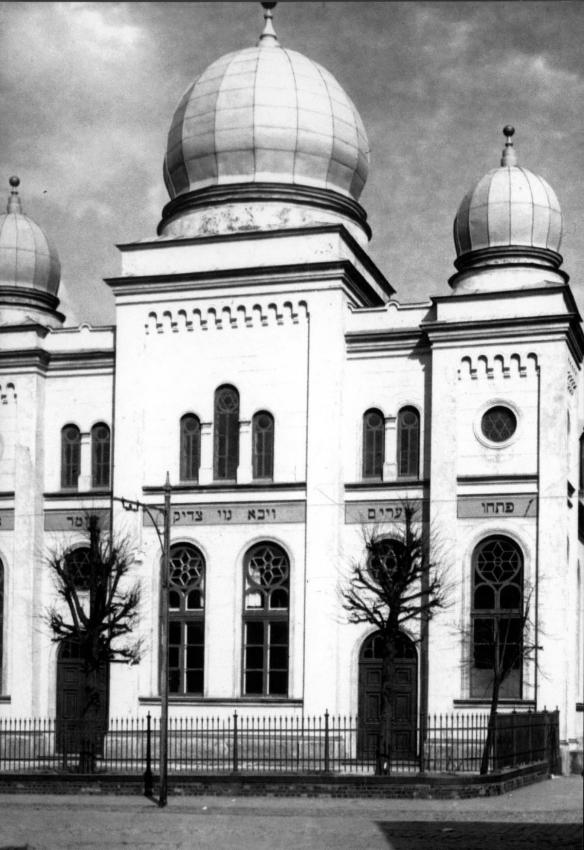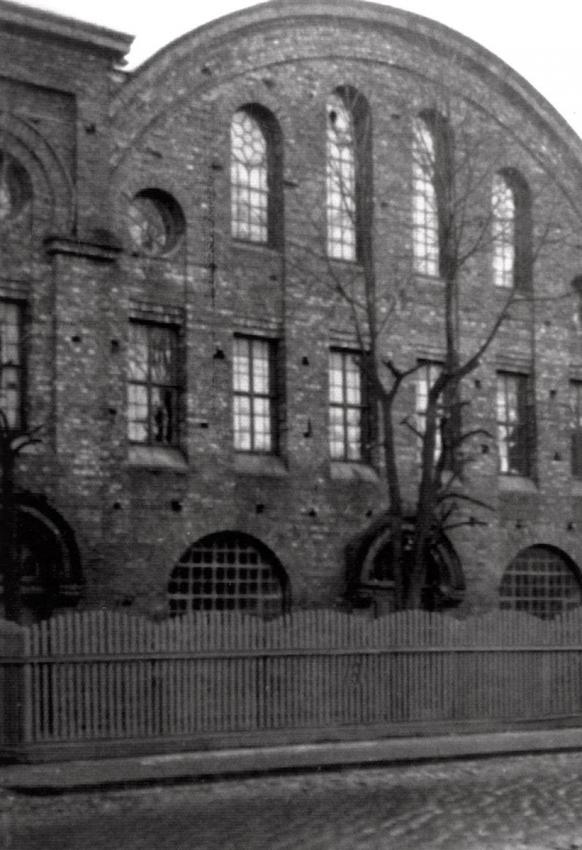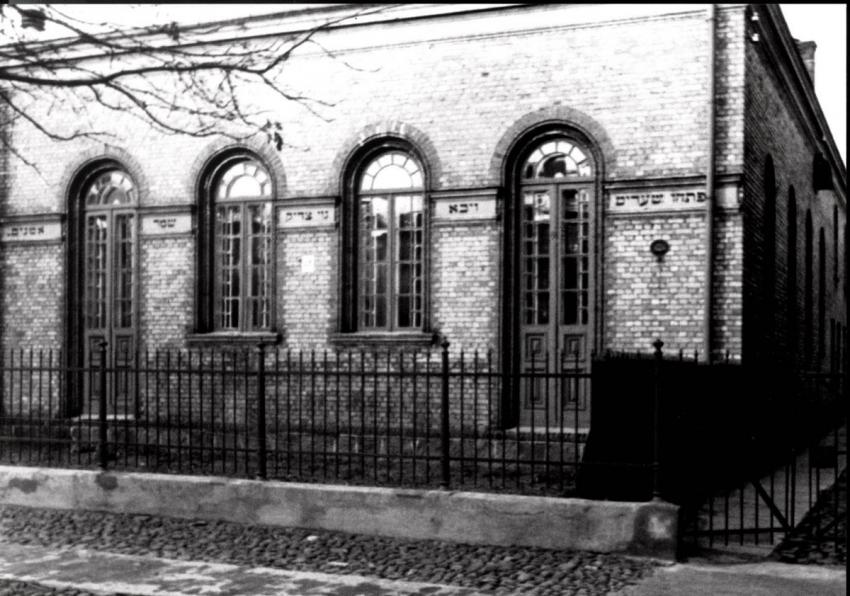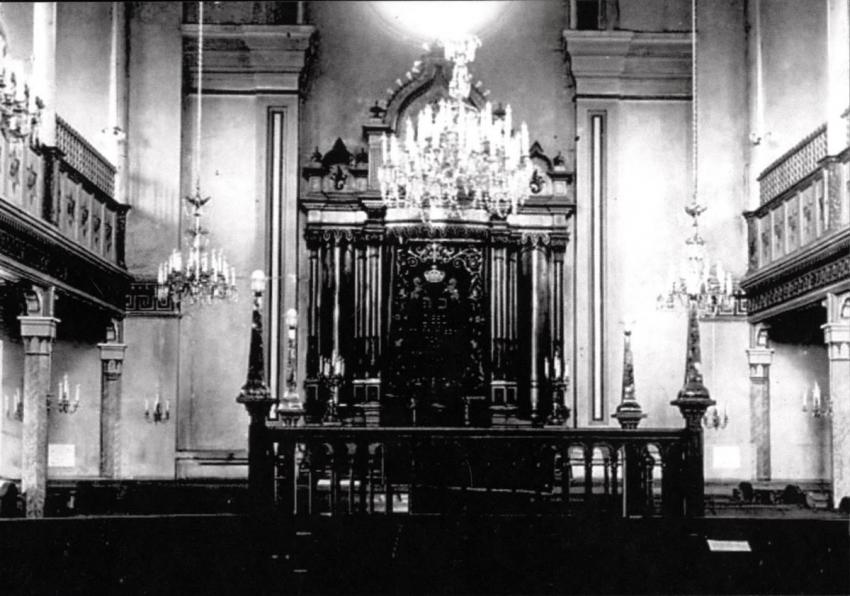In 1828, a second synagogue was built in Liepāja, as well as a rabbinical court, Talmud Torah (religious boys' school), charitable funds and an association providing health care to the needy. In 1850, some 1,200 Jews were living in Liepāja, representing about one-sixth of the total population of the city. They enjoyed equal rights to the other citizens, and approximately ten percent of them were merchants. They were drawn to German culture, with many providing a German education for their children.
By the end of the 19th century, approximately 9,500 Jews lived in the city, representing some fifteen percent of the total population. Many Jews came from the "Pale of Settlement" in western Russia – which they had been banned from leaving for a long period of time. They spoke Yiddish and were both more fervent and poorer than the original Jews of Liepāja, who kept their distance from them.
At the turn of the century, the Jews of Liepāja controlled the produce and wood exports from the city, and a quarter of the factories were Jewish-owned. The Jews were mediators, clerks, laborers and dockworkers, bankers and representatives of Russian trade and industry establishments. They also worked as porters, street vendors, shopkeepers and craftsmen. About one-quarter of them earned their livelihoods through industry.
From the end of the 19th century, Zionist parties and organizations were founded in the city, as well as a branch of the Bund. These organizations established a rich cultural life for the Jewish residents, including libraries and drama circles. Numerus Clausus edicts restricted the number of Jewish students in the general educational institutions, but the many Jewish learning institutions provided a Jewish and general education – including evening classes – for hundreds of male and female Jewish students in Yiddish, Hebrew, German, Russian and other languages, aided by the "Society for the Promotion of Culture among the Jews of Russia".
The community leadership and wealthy tradesmen opened vocational schools, welfare organizations were established, and charitable and credit associations for traders, shopkeepers and the poor were set up. Private and communal institutions were established to look after the elderly, and soup kitchens were set up for the sick and students; students were also provided with clothing and text books and those from disadvantaged backgrounds were given grants to aid with school fees.
Every year, tens of thousands of Jewish émigrés passed through the port of Liepāja on their journey westwards. They provided a healthy livelihood for the Jews of the city, who owned restaurants, guest houses and travel companies. In parallel, the city's wealthier residents as well as the aid committee supplied some two thousand travelers annually with a place to sleep, helped with their medical treatments and expenses, and bargained with ship-owners on their behalf for better travel conditions.
Calls by local Latvians to expel the Jews of the city led to a number of deportation edicts, but most were not carried out. The Jewish residency of Liepāja grew, and on the eve of World War I, there were some 10,000 Jews in the city – about twelve percent of the total population.














